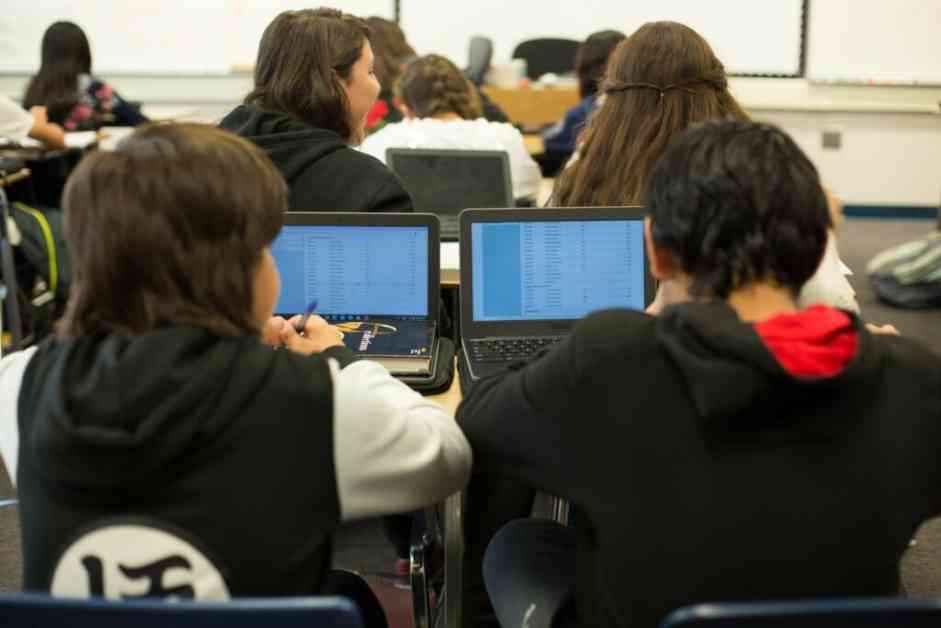So, like, last week, there was this whole big thing about the Trump administration wanting to bring AI into K-12 schools. It made headlines and stuff. The draft executive order is still being worked on, but the idea is to get federal agencies to use AI in classrooms and team up with private companies to create new education programs. Apparently, China and Singapore are also getting into this whole AI education game, and it’s being called the “AI space race.” Exciting, right? But the real question here is not if AI is coming to schools, but who’s gonna control how it’s used.
AI isn’t just some new cool gadget for classrooms. It’s a game-changer that’s shaking up the education scene. Instead of just adding to public education, AI is creating its own systems that run alongside traditional schools. These AI platforms, often funded by public money through vouchers or direct-to-consumer models, can operate independently from regular schools. This means that AI is already starting to influence what education looks like, who provides it, and how it’s managed. And this shift is all happening pretty fast. For example, in the Los Angeles Unified School District, a project to use an “AI friend” chatbot to help students and families fell apart when the startup it was working with went under. Talk about a risk, right?
The rise of AI in education is changing three main things: agency, accountability, and equity. Traditionally, public education has given teachers, students, and communities the power to shape learning. But now, AI platforms can take that control away and make decisions based on algorithms. Teachers might end up using lessons generated by AI, while students’ learning paths are decided by these systems. And if local educators and families aren’t involved in the process, things could get messy. The idea of accountability in public schools is all about being responsible and having clear oversight. But when AI tools mess up or private micro-schools don’t do well, it’s hard to figure out who’s to blame. This lack of clear responsibility can lead to trust issues and make it tough to ensure fairness and quality education. And when it comes to equity, AI has the potential to personalize learning and make it more accessible. But the benefits of AI might not reach everyone equally. Wealthier families and schools could have better access to top-notch AI tools, leaving underprivileged students behind. There’s a risk that public funds might end up supporting private, less accountable alternatives, making educational gaps even wider.
The U.S. education system’s strength lies in local control and community involvement. With all this talk about AI taking over, it’s up to local leaders like school boards, district administrators, teachers, and parents to decide how AI should be used in schools. They need to demand transparency from AI vendors, invest in training for teachers, make sure AI tools match local needs, and work together to advocate for policies that focus on agency, accountability, and equity. Superintendent Stephanie Elizalde from Dallas schools says it’s crucial to teach AI because it’s all about preparing kids for the future. But that doesn’t mean giving up control to algorithms or outside interests. It’s about using AI to empower students while sticking to the core values of American education. The decisions made now, especially at the local level, will determine if AI becomes a tool for equality and empowerment or if it just widens the gap between rich and poor students. Policymakers should focus on giving power to local communities to lead the way in using AI to strengthen public education. Let’s make sure our schools change according to our terms, right?
